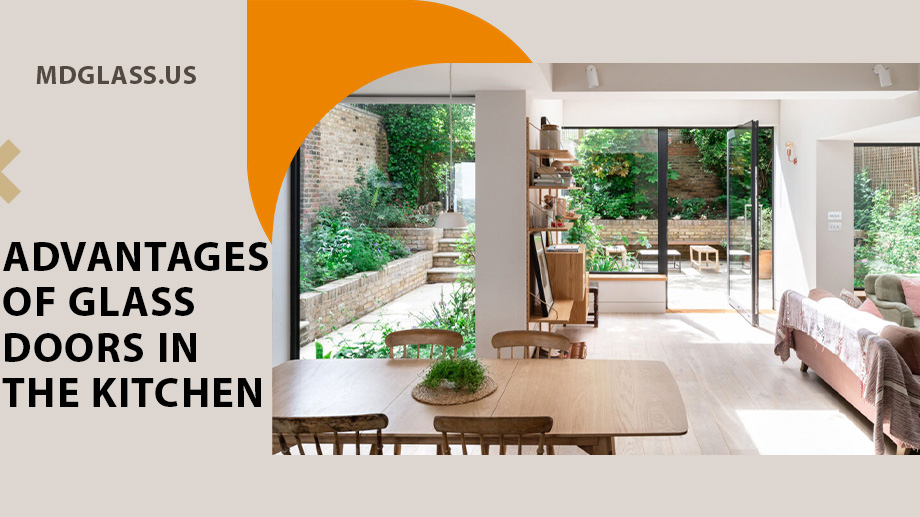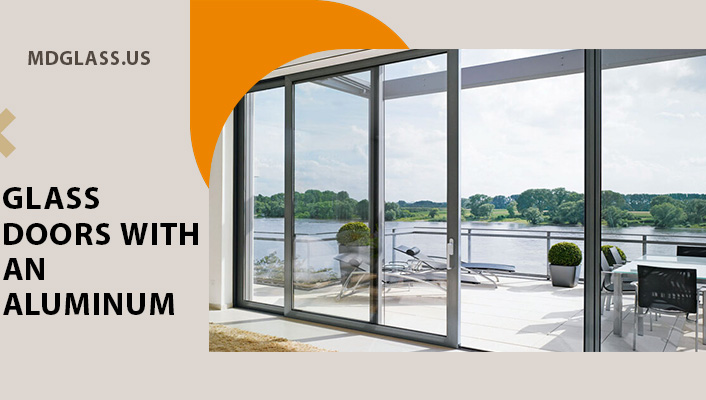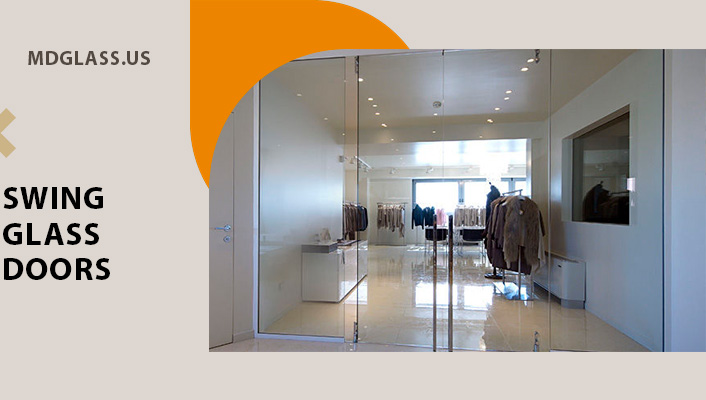For interior doors, you can choose between different properties that influence the opening and closing of the doors. The most important door types according to properties are:
Door types according to properties: Revolving door
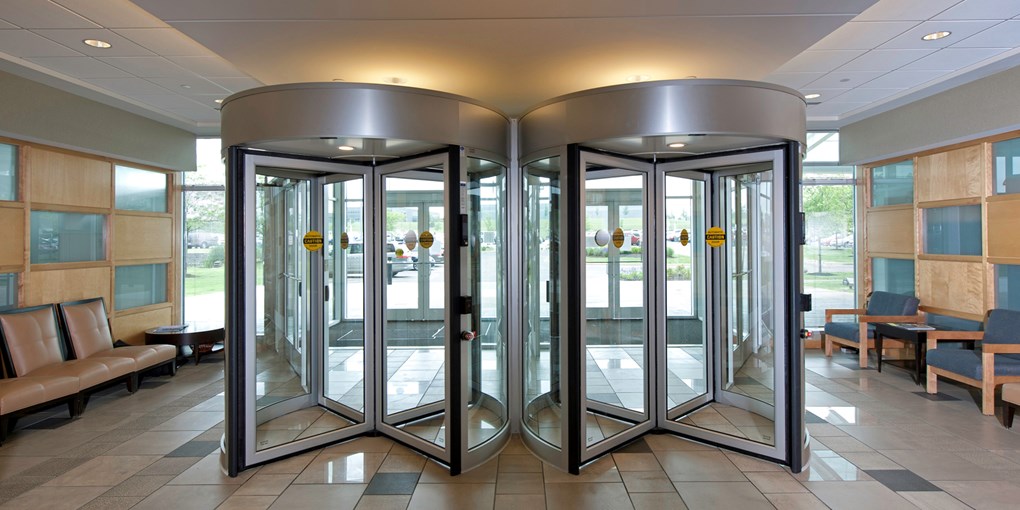
This is the most common and popular indoor variant. This door type is attached to one side of the door frame and opened and closed in one spatial direction by means of hinges or straps. On the lock side, the door “hits” the frame.
Sliding doors
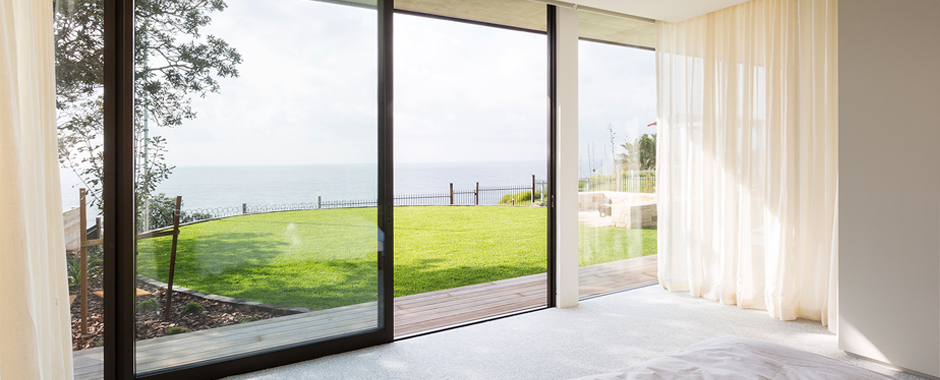
Sliding doors are space-saving alternatives to revolving or swing doors. The doors are pushed in front of or into the wall via a rail system and are therefore not “in the room”. Glass sliding doors are particularly popular. In many cases, sliding doors can simply be installed in front of an existing frame.
Swing doors
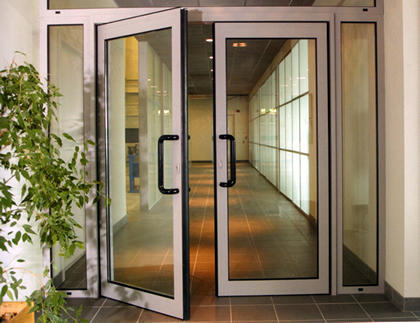
Swing doors are comparable to revolving doors, but they can be opened in both directions and fall back into their original position after opening. The doors ensure a closed room appearance and are popular between the kitchen and dining room, for example.
Folding doors
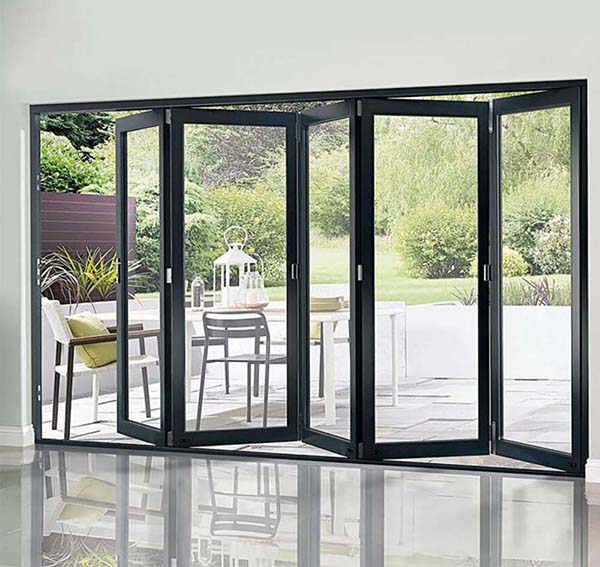
In addition to sliding doors, folding doors (folding sliding doors) can also be used to save space. Both in terms of effort and space-saving potential, they represent a compromise between sliding doors and swing doors. Like sliding doors, folding doors from MD glass company can be retrofitted for an existing frame.

